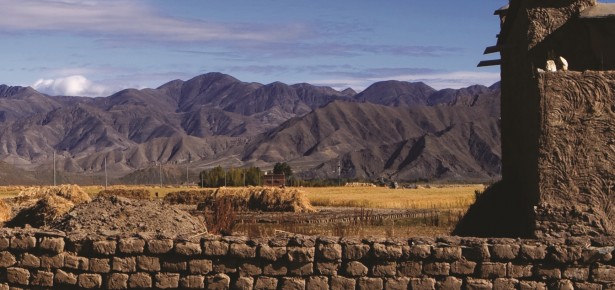
This book is a venture into history on a grand scale, a contribution to what is coming to be known variously as “big history,” “deep history,” and “evolutionary history.” I begin with a foundational question: How has the history of the earth system shaped the history of the human condition? The most cursory consideration of these histories suggests the basic outline of the story. Over the very long term, the history of a volatile and changing earth has driven biological and human evolution: it has been a rough journey, and we are products of that journey. During long epochs of organic hunter-gatherer systems and agrarian economies, humanity was fundamentally subject to natural forces of an evolving earth system; our sudden transition into fossil-fueled industrial modernity has made us an increasingly active and determining agent in that earth system. Occasionally, too, hurricanes, earthquakes, or volcanic eruptions remind us that the earth is a very volatile platform for our finely balanced societies and economies.
This book, then, explores the role of nature – more precisely natural history – in human history. Doing so challenges a fundamental if rarely spoken tenet of my profession. We historians are extremely uncomfortable with the idea that natural forces in some way circumscribe human agency. Fearful of being labeled “environmental determinists,” we opt for a model of change in which all of the significant causal agents in historical processes are internal – or endogenous – to human culture, society, and economy. Given that most historians work on the past three to four centuries at most, this is not a completely unreasonable posture, because natural systems typically operate over much longer time frames.
But three considerations require that we set aside our avoidance of nature. First, a holistic, long view of the human past, starting with evolutionary time, requires an understanding of the natural forces operating over centuries, millennia, and millions of years. Second, the short time scale of the past three to four centuries has seen both the global recovery from the Little Ice Age and the onset of rapid anthropogenic (human-induced) climate change. Third, a revolution has occurred in climate science, driven since the 1960s by an emerging understanding of the role of fossil fuel technology in altering global climate. Forty years ago, historians of another generation had no truly systematic evidence for climate history at hand, and here prudence did indeed require restraint. But over the past generation the careful scientific study of chemical signatures in ice layers, lake beds, and marine sediments has established a remarkably detailed history of global environments reaching back billions of years, and of remarkable texture and resolution in the relatively recent past. One of the central purposes of this book is to introduce historians to the findings of this new global climate science. Despite recent politically driven “controversies,” a massive body of incontrovertible evidence exists for the history of climate and for humaninduced climate change, as this book reports in some detail.
If climate history is a central problem in this book, it shares the stage with a series of other critical questions. A big question running through my story is the shifting conditions of human well-being, as roughly measured by changes in both the size and health of populations, over the very long term of human history. Here the systematic analysis of archaeological and genetic data is beginning to radically sharpen our picture of human health in past time and to extend a chronologically shallow documentary record; I offer a tentative sketch of the ways the health evidence may suggest trends in overall societal prosperity and poverty. These involve the conditions of routine health and those of the crises of epidemics, both in their emergence and operation during the premodern agrarian epoch and their control in what is known as the epidemiological transition of the past several hundred years.
Download the full excerpt here.
Latest Comments
Have your say!